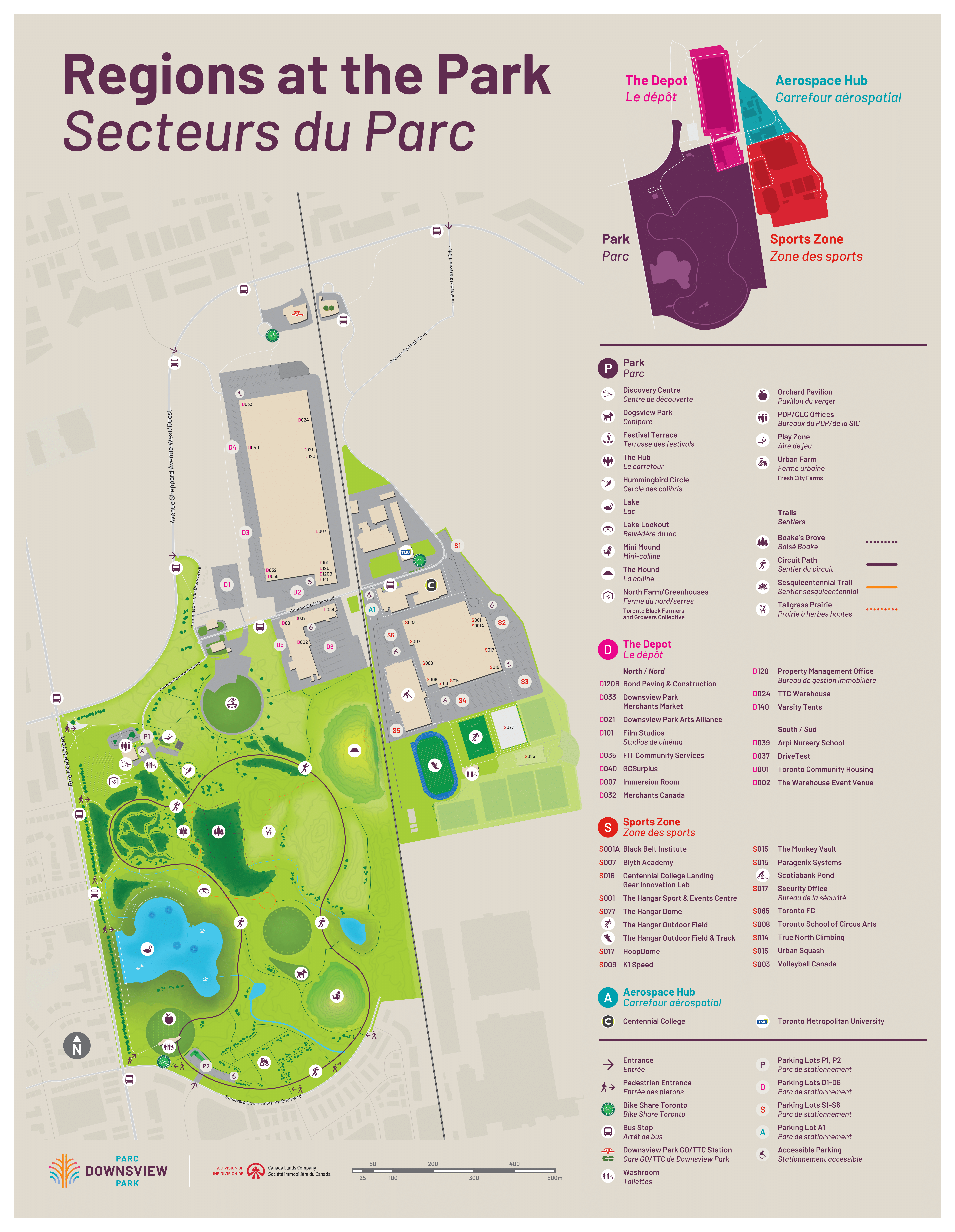The Alouette Satellite
Canada got involved in developing guided missile technology in the 1950s as part of the cold war. The de Havilland plant in Downsview is where a new crop of inventors and technicians converged to innovate and experiment with space exploration and satellite technology.
This savvy engineering brain trust constructed and launched Canada’s first spacecraft, the Alouette 1 satellite, in 1962.
The challenge in getting anything into space was making it strong and durable, as well as small and light. The Alouette was developed in collaboration with NASA to study a charged layer of the atmosphere, the ionosphere, by bouncing radio signals off it. Many long, sturdy antennae were required to do this work so the engineers were hard pressed to find a small and durable design solution.
But the eureka moment came when the team working out of the Downsview labs invented the STEM antenna system, short for ‘storable tubular extendible member’. Each antenna, made of light beryllium copper, unfurled from the body of the satellite with the aid of centrifugal force, like a tape measure unspooling.
This technology was quickly adopted by the United States for their crewed space program making it Canada’s first aerospace export. Many members of the talented team of innovators who got their start in Downsview went on to careers with Spar Aerospace where they helped develop the Canadarm.
The Alouette’s mission officially ended in 1972 due to technical, rotational and energy supply failures though it still continues to orbit the earth. In fact, it was estimated in 1966 that the Alouette would stay in orbit for the next 1000 years.




